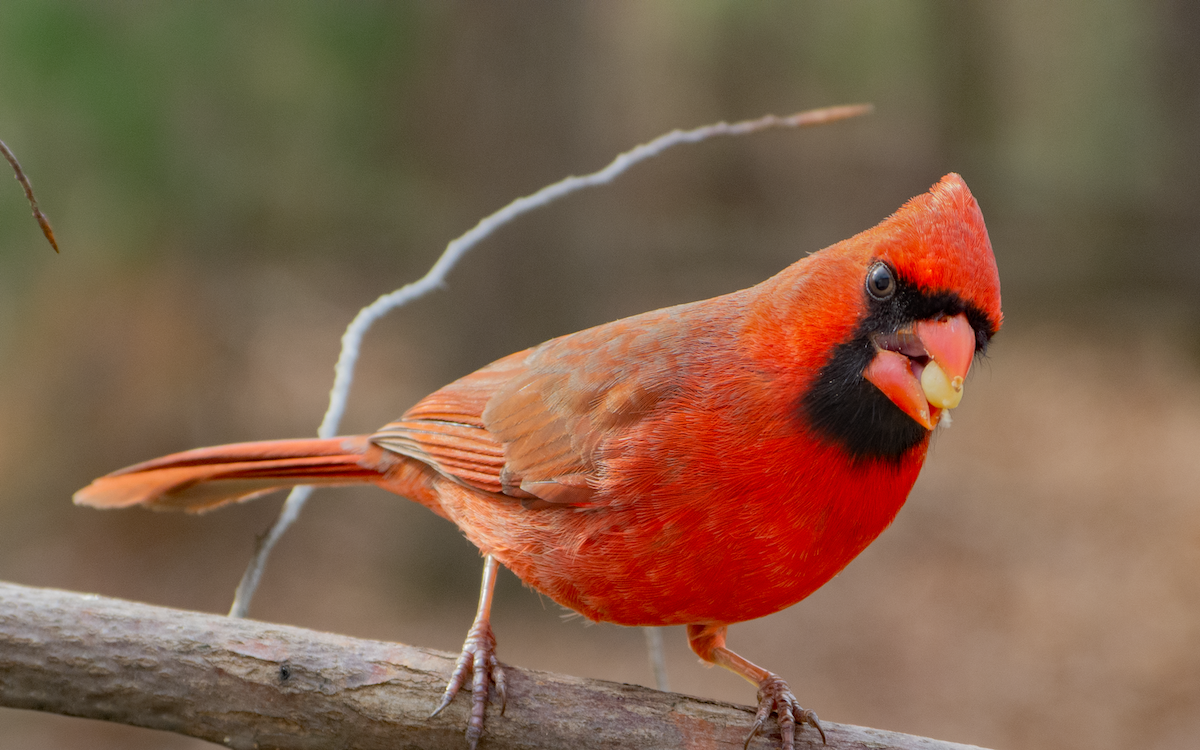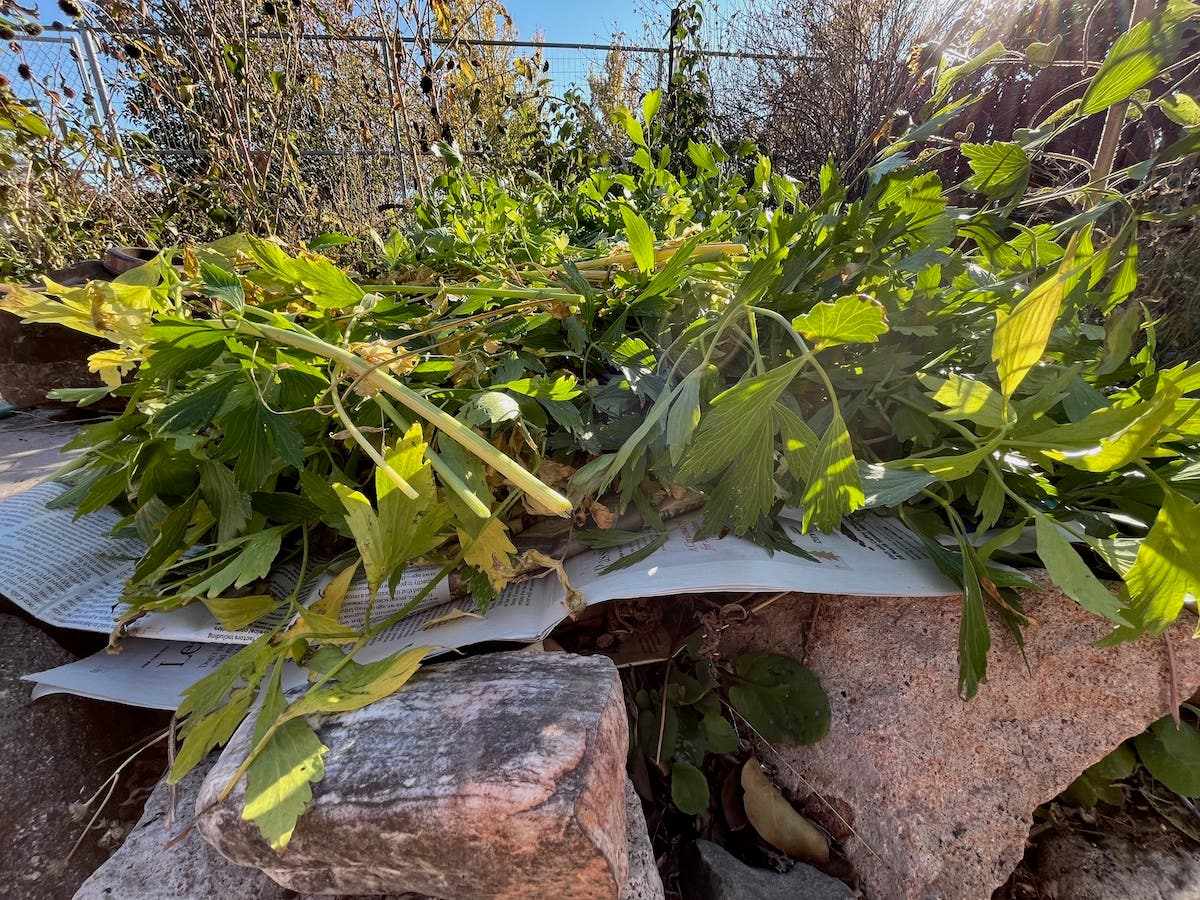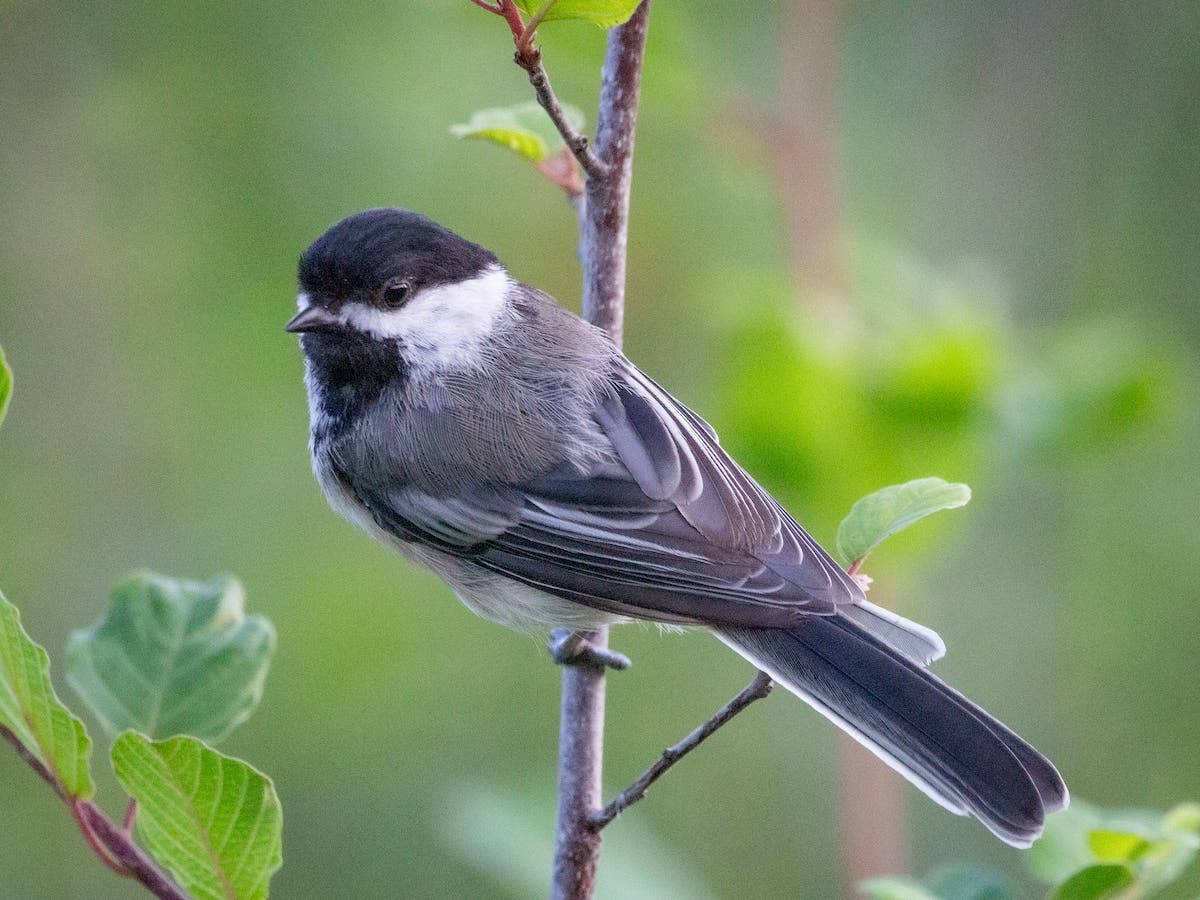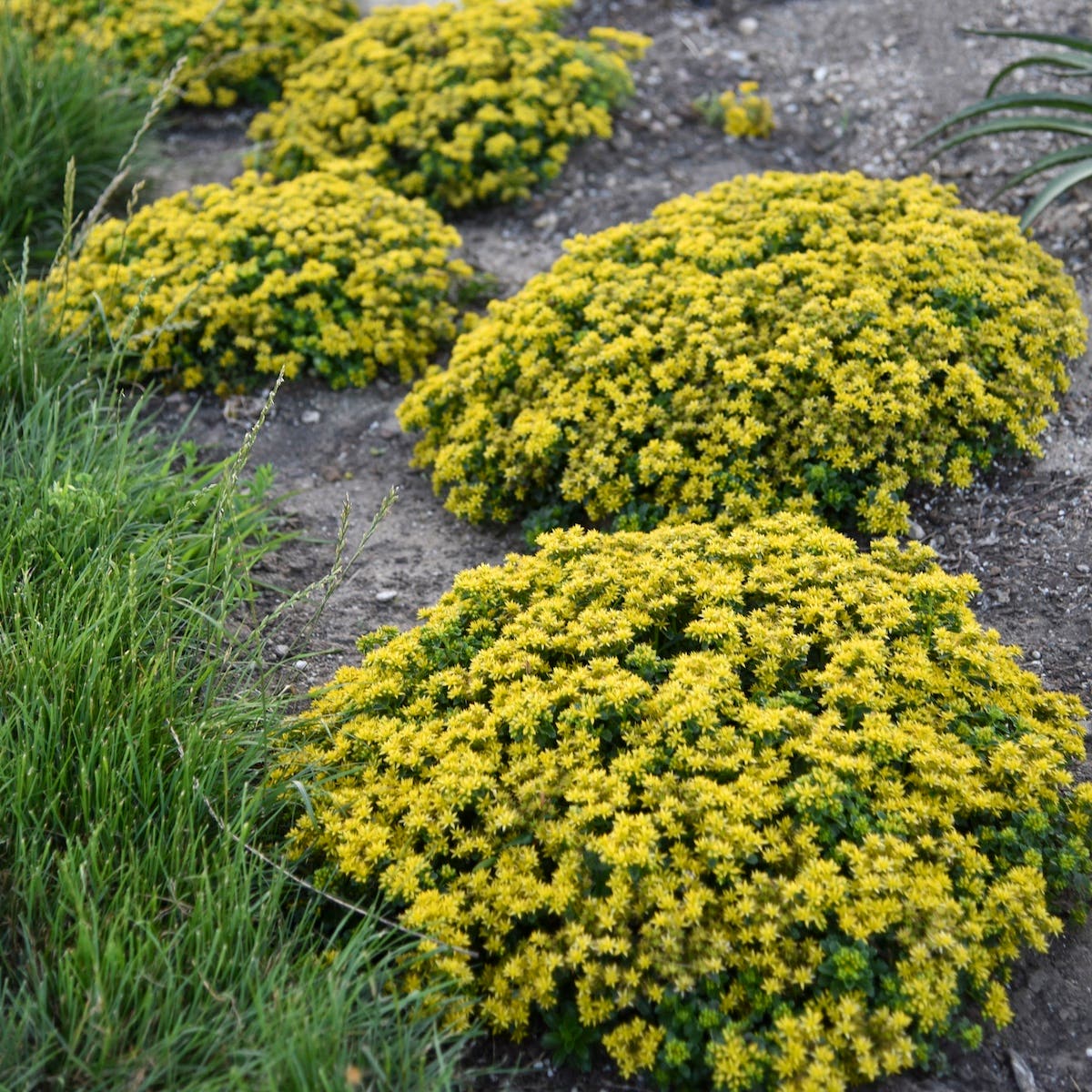As temperatures rise and the beach beckons, even the most dedicated gardeners feel like slacking off on weekly yard and garden chores. And why not? By late summer, isn’t it time to kick back a bit and enjoy the fruits of earlier labors?
But mid- to late-summer is exactly when we want gardens to be colorful and looking their best, and for most, that takes work. But with a bit of foresight and a few tricks, we can help gardens to become more self-sufficient.
Try these tips for keeping later summer chores to a minimum:
Cover bald spots. Cruise through the garden now in search of spots where soil is exposed. Though the list of weed seeds that germinate in spring is long, many start or restart their life cycles later in the season. These include grasses, knotweed, dandelions, thistles and nutsedge. Bare ground is a welcome mat for weed seeds, and they’ll waste no time settling in. So invest in a few bags of mulch now to cover those open areas. You’ll be controlling weeds and also helping to retain soil moisture. Plan what you will plant in these spaces once cooler weather and more frequent precipitation arrive. (Get ideas in "Using Perennial Plants As a Living Green Mulch.")
Look, Ma, no hands. Unlike many gardening chores, watering isn’t necssarily strenuous. But it can eat up a lot of time. Use timers to turn soaker hoses and sprinklers on and off automatically – even when you’re away. Even inexpensive timers can be easily programmed to water according to a schedule that suits garden plants and climate. In most cases, watering in the early morning is best, as this gives foliage time to dry during the day, thus avoiding issues from overnight damp and mildew.
Related: "Watering the Summer Garden"
Buzz-cut lanky bloomers. In the first half of the season, most annuals and perennials put on a big flush of growth and a great show of color. By July and August, many plants produce fewer flowers and look scraggly. Use scissors to snip off spent flowers and cut back lanky stems. A midsummer haircut rebalances the ratio of roots to top growth and gets plants focused on producing fresh displays of growth and blossoms.
Bring on the cheer. Add late-blooming cheerleaders such as coneflowers, rudbeckia, perennial hibiscus, yarrow and sedum to brighten up the garden. These easy, heat- and drought-tolerant perennials are available from garden centers and mass merchants now, since their flowers can catch customers' eyes. Once planted, they’ll come back to bloom year after year, producing lots of color with little to no attention. Artemisia, lavender, lamb’s ears and many other plants with silver or grey leaves are also drought-tolerant options for summer color, in their case from foliage, as are most ornamental grasses.
Fix for ditsy containers. Small pots lose moisture more quickly than large containers, requiring an intensive watering regimen. To cut down on daily watering, consolidate plants from small pots in larger containers. This will also create a bigger visual impact heading into late summer. Before replanting, submerge each small pot in water for a few minutes to fully hydrate the root ball. Then remove the plants from the small pots and create a new arrangement in the larger container. Group several large pots together for further drama and even easier watering. Occasional fertilizing will help maintain plant flower production and vigor.
There’s no such thing as a chore-free garden. But a strategy that includes a few slick tricks will minimize the fuss and keep the garden going on its own while gardeners kick back and do…whatever they darn well feel like.







